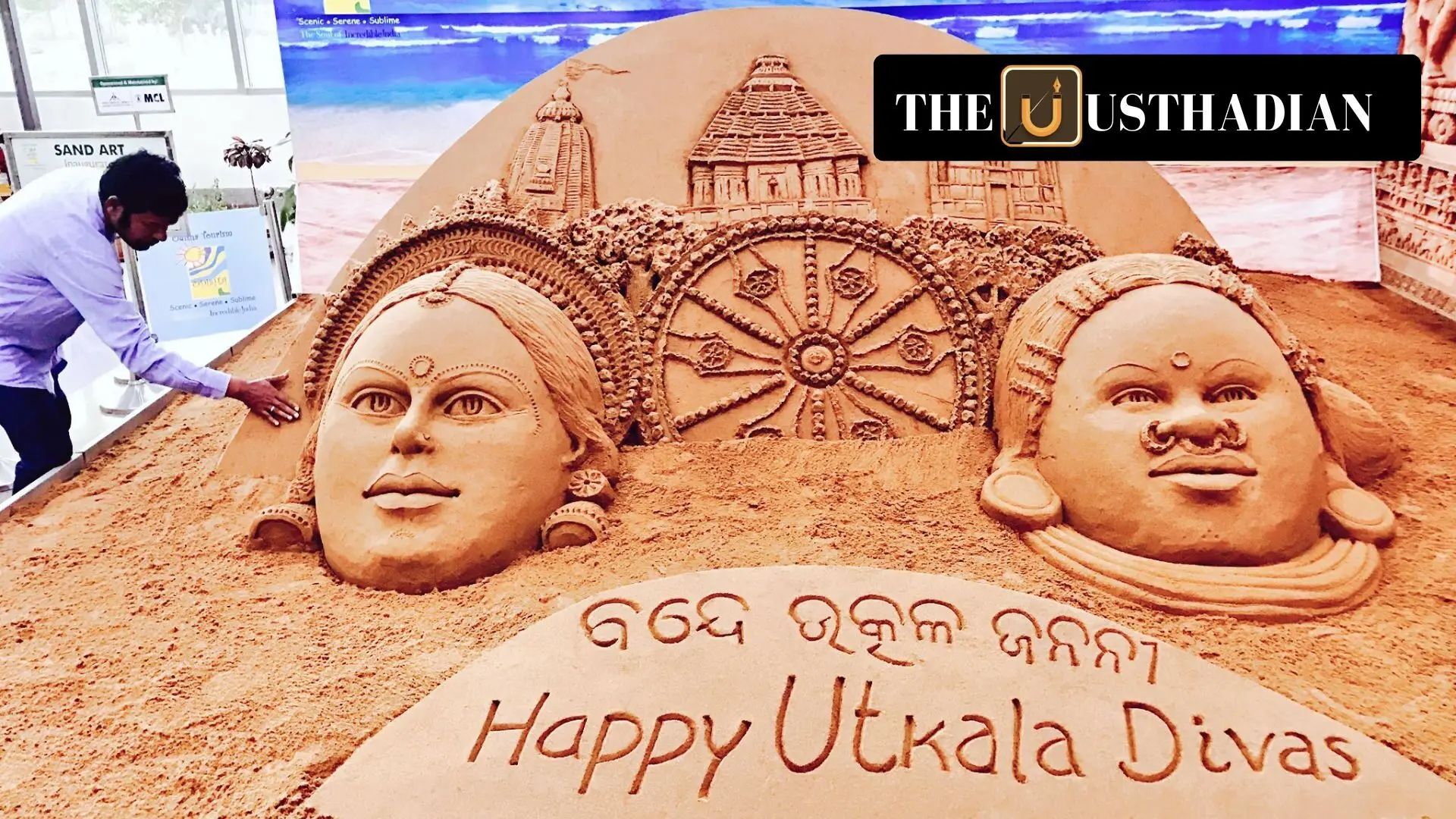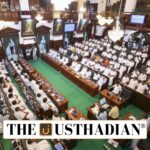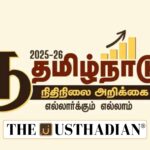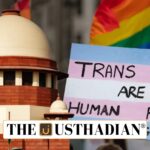Odisha’s Formation and the Importance of Utkal Divas
Utkal Dibasa: Celebrating the Linguistic Identity of Odisha: Utkal Dibasa, also known as Odisha Day, is observed every year on April 1 to commemorate the formation of Odisha as a separate state in 1936. Odisha became the first state in India to be created on a linguistic basis, a major milestone in the nation’s federal history. The day celebrates the tireless efforts of Odia leaders and organizations like Utkal Sammilani that demanded recognition of Odia language, heritage, and governance.
Historical Journey from Kalinga to Modern Odisha
The region of modern-day Odisha was once part of the ancient Kalinga Empire, known for its resistance to Emperor Ashoka in the 261 BCE Kalinga War. This event profoundly changed Ashoka, who later embraced Buddhism. In later centuries, rulers like Kharavela revived Kalinga’s cultural legacy. During colonial times, Odisha’s territories were split among different provinces, diluting the linguistic identity of the Odia-speaking people. This prompted a strong demand for statehood from cultural and political leaders.
The Statehood Movement and Linguistic Reorganization
Odisha’s formation was the result of decades of activism by leaders like Madhusudan Das, Gopabandhu Das, and Fakir Mohan Senapati. The Utkal Sabha (1882) and later Utkal Sammilani (1903) unified Odia-speaking regions and became the backbone of the demand for a separate state. The efforts led to Odisha being carved out of the Bihar and Orissa Province, Madras Presidency, and Central Provinces, based entirely on the Odia language.
Legacy and Modern Celebrations
Odisha was initially composed of six districts and had Cuttack as its capital, later shifted to Bhubaneswar. On Utkal Dibasa, the state celebrates with parades, cultural programs, and tributes to its historical icons. Citizens reflect on their shared identity and the significance of linguistic unity. Artists like Sudarshan Pattnaik mark the day with sand art, while state leaders honor the legacy through official events.
STATIC GK SNAPSHOT
Utkal Dibasa: Celebrating the Linguistic Identity of Odisha:
| Feature | Details |
| Event Name | Utkal Dibasa (Odisha Day) |
| Celebrated On | April 1 (every year) |
| Year of Formation | 1936 |
| Original Capital | Cuttack |
| Present Capital | Bhubaneswar |
| First Governor | Sir John Austin Hubback |
| Ancient Names | Kalinga, Utkala, Kantara, Indravana |
| Tribes in Odisha | Santals, Juang, Bonda, Kondh |
| National Parks | Simlipal, Bhitarkanika |
| Important Rivers | Mahanadi, Brahmani, Subarnarekha, Rushikulya |
| Traditional Dance Forms | Odissi, Chhau, Ghumura |
| Famous Temples & Monuments | Sun Temple (Konark), Jagannath Temple, Dhauli, Rajarani |
| Odisha Renamed (Orissa to Odisha) | 2011 |
| Current CM | Mohan Charan Majhi |
| Governor | Hari Babu Kambhapati |








